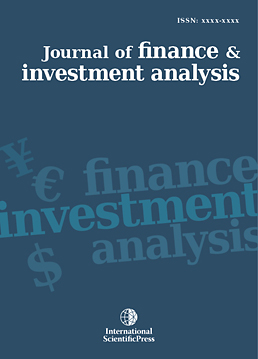Journal of Finance and Investment Analysis
Value Creation in Strategic M&A: How to make your Growth Strategy Value-creating?
-
 [ Download ]
[ Download ]
- Times downloaded: 10348
-
Abstract
Strategic M&As mean focus on growth (e.g. revenue growth) and aim to enhance the firm's competitive position. The academic literature reports, however, an extremely high failure rate of strategic M&As – their outcomes are very difficult to forecast and they are extremely risky. Complexity increases even further, if we add the international perspective. At the same time, the empirical evidence states that M&As contribute to one third of average corporate growth rate. So, how can we make them value-creating? Combining market abnormal returns and fundamental company analysis, this study explains which factors and features of firms are relevant for the evaluation of acquirers’ performance and how they are linked together. Furthermore, compared to the simple market-based studies and single accounting measures analysis, it includes additional – strategic - perspective and provides real examples of the value-creating and value-destroying transactions, explaining the strategy behind its success or failure. Therefore, it suggests a new approach for planning an acquisition and makes forecasting of the future payoffs by decision-makers possible from the early stage.
